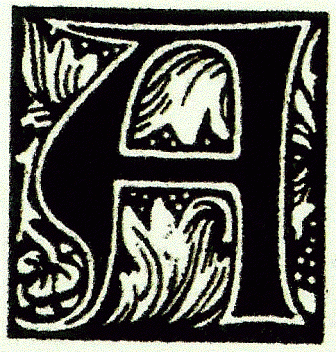The Modern Library was an imprint of Albert Boni and Horace Liveright Publishing Company, Started in 1917 as a way of producing inexpensive books before paperbacks or book clubs were around, the small 8vo-16mo books had leatherette cloth covers treated with deodorized castor oil. Stored in a heated space, such as a warehouse, that castor oil became pungent.
Dick Simon, a salesman at Boni & Liveright was leaving to form Simon & Schuster with Max Schuster, told his good friend Bennett Cerf about the vacated position. After graduating from Columbia, Cerf had gone to work at a brokerage firm on Wall Street. Although very successful, his dream was to be a publisher. Cerf left Wall Street to work for Liveright in the early 20s.
Horace Liveright, always in financial trouble of some kind or another (he did entertain a lot of famous authors including Theodore Dreiser and members of the Algonquin Round Table) had lunch with a reluctant Cerf the day before Cerf embarked on his first trip abroad. Liveright needed a lot of money fast to pay off his father-in-law so he would no longer be accountable to him. Cerf had been asking for the Modern Library for quite some time and Liveright, due to the amount of money he needed, agreed. A deal was struck and in 1925 Cerf owned the Modern Library. His 50/50 partner was good friend and fellow Columbia alumnus Donald Klopfer.
The two made a couple of immediate changes: a classy Modern Library catalogue was issued, the colophon became a flying girl with a torch, the binding was now a semi-flexible material covered with balloon cloth so no longer was castor oil an issue, and the endpapers were elaborately decorated with a design created by famous commercial artist Rockwell Kent, who also designed the Random House logo. The first title Cerf and Klopfer purchased for their Modern Library was William Beebe’s “Jungle Peace”.
Cerf, the publicity guy, and Klopfer, who preferred to stay behind the scenes, were top notch salesmen. Marketing to colleges proved successful as Modern Library unabridged classics were an affordable, compact option. Even today, you will find many copies with highlighting and notes, particularly Modern Library College Editions, although clean copies are widely available.
Cerf and Klopfer expanded their publishing business in 1927, founding paperback giant Random House, named for their intent to publish a few books on the side “at random”. Continued growth saw the 1960 merger of Random House and Alfred A. Knopf.
Remember Bennett Cerf (1898-1971) from the popular CBS game show “What’s My Line?” (1950-1967). His sense of humor also comes through in his writing, including “At Random: The Reminiscences of Bennett Cerf” (NY: Random House, 1977). A great history of the Modern Library and amazing firsthand accounts of working with famous authors to publish their books.

